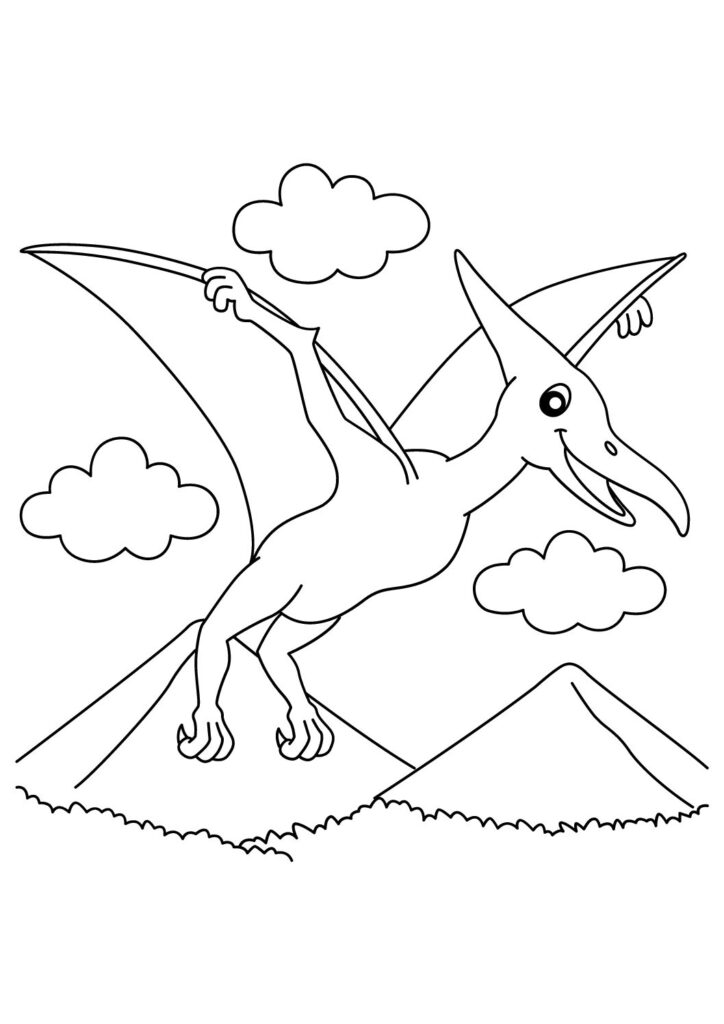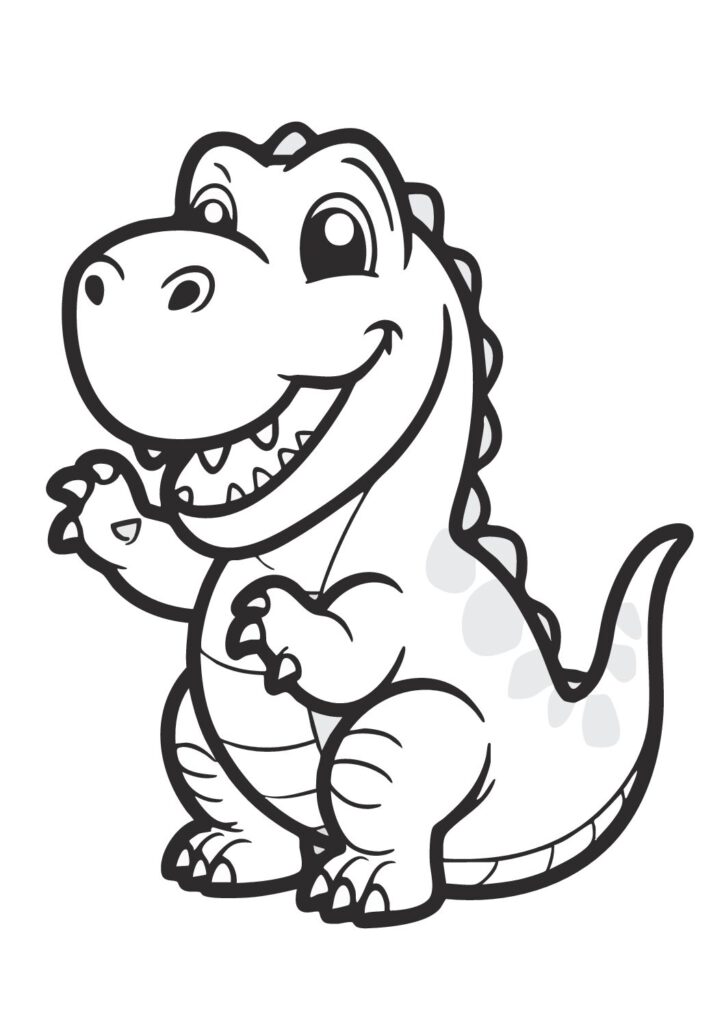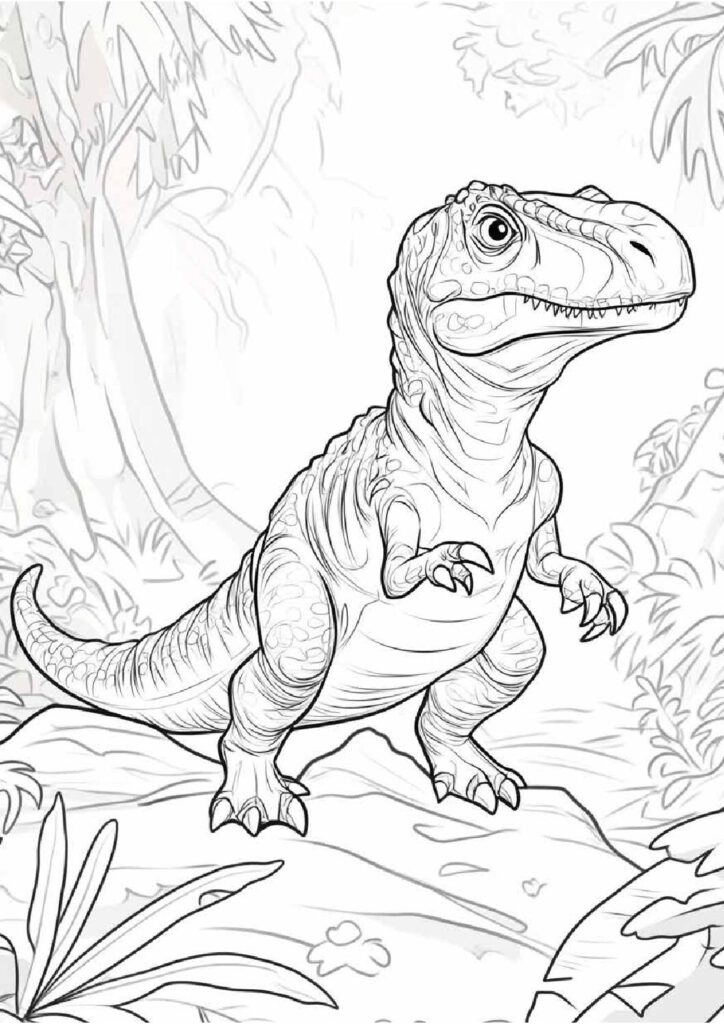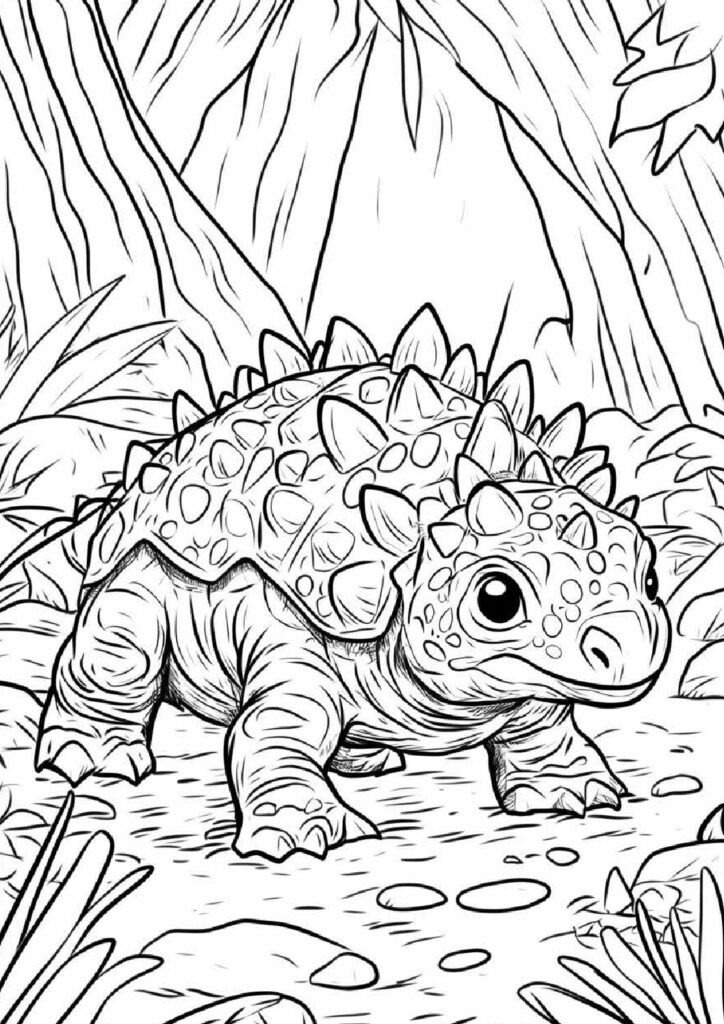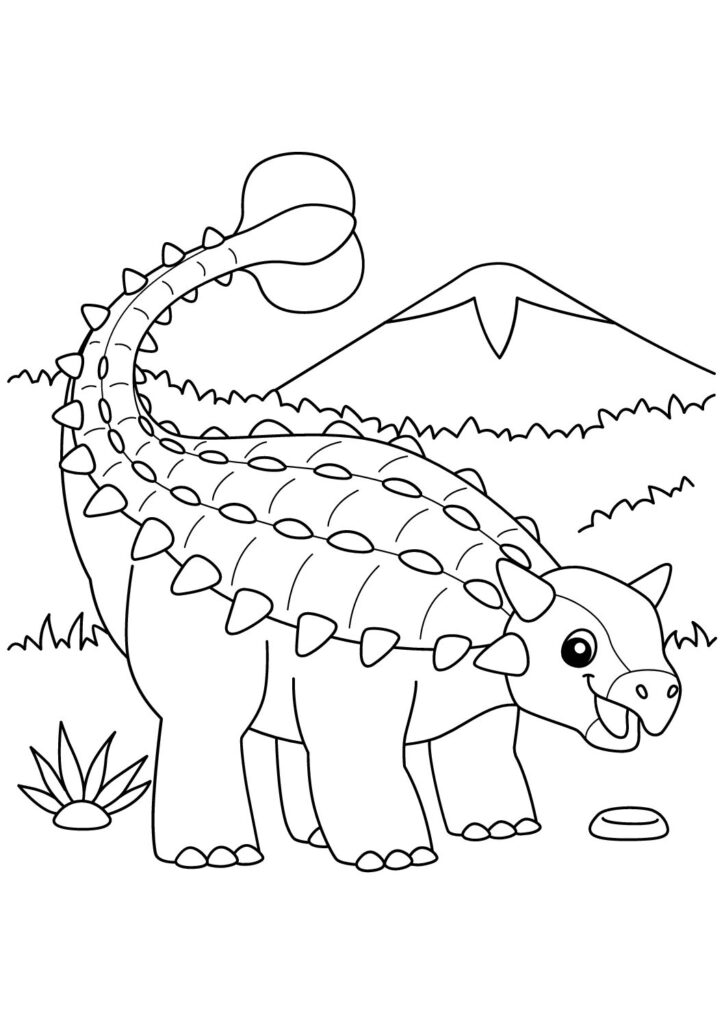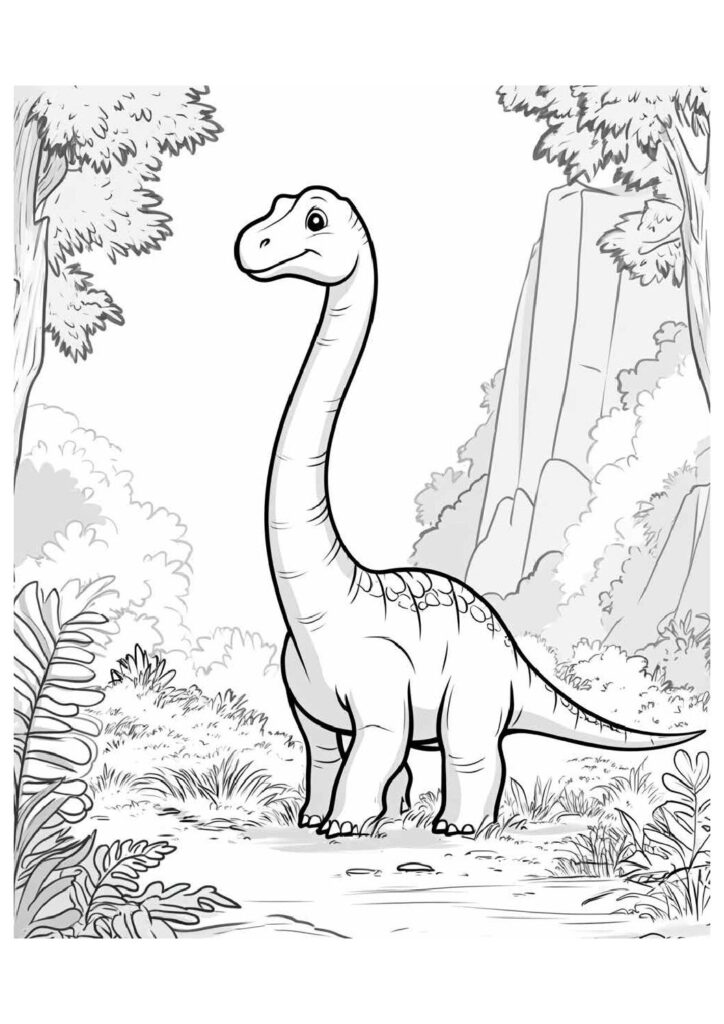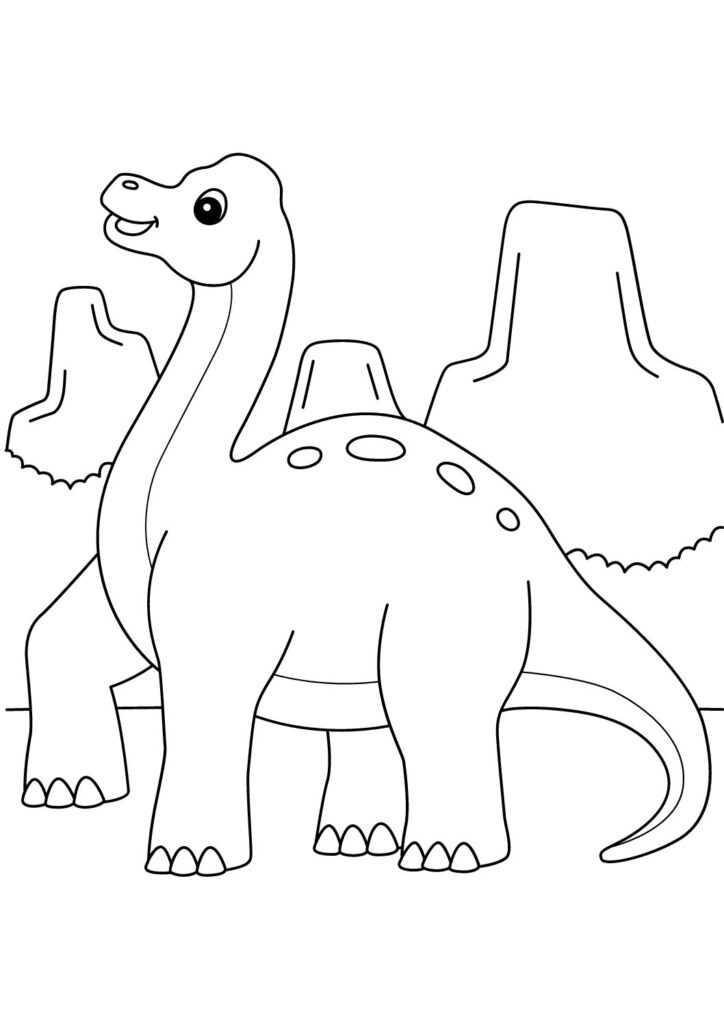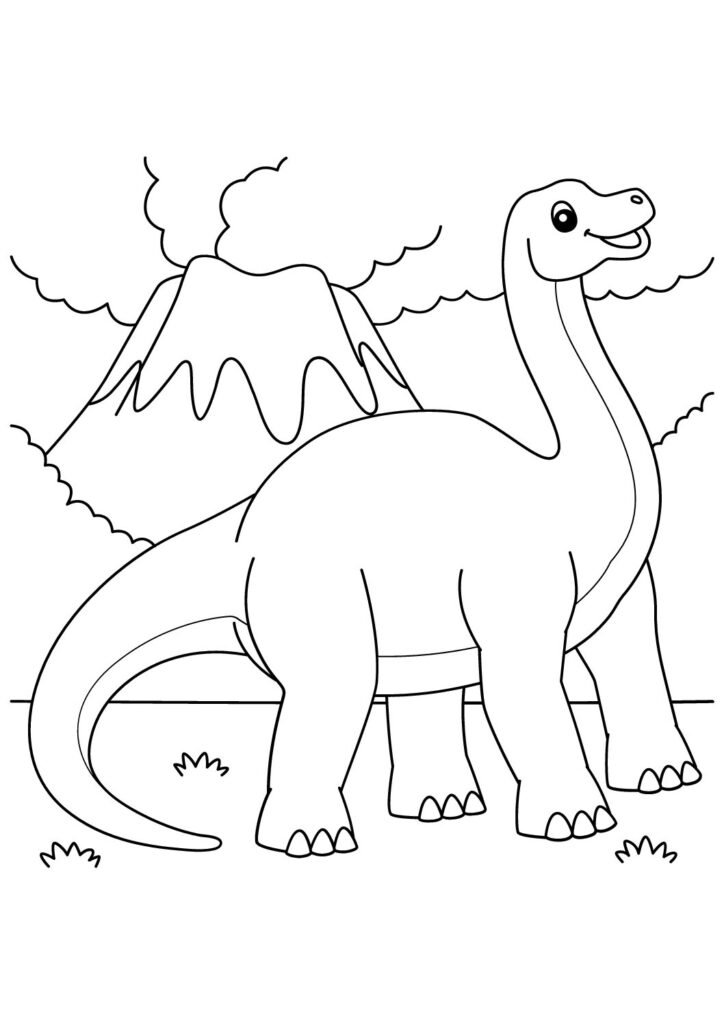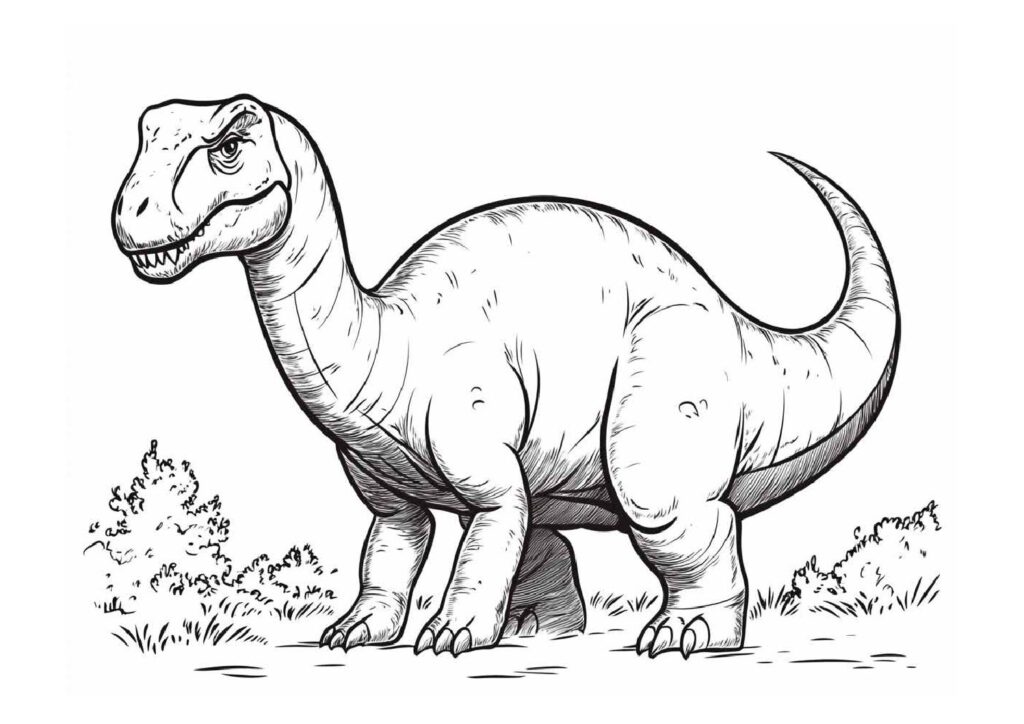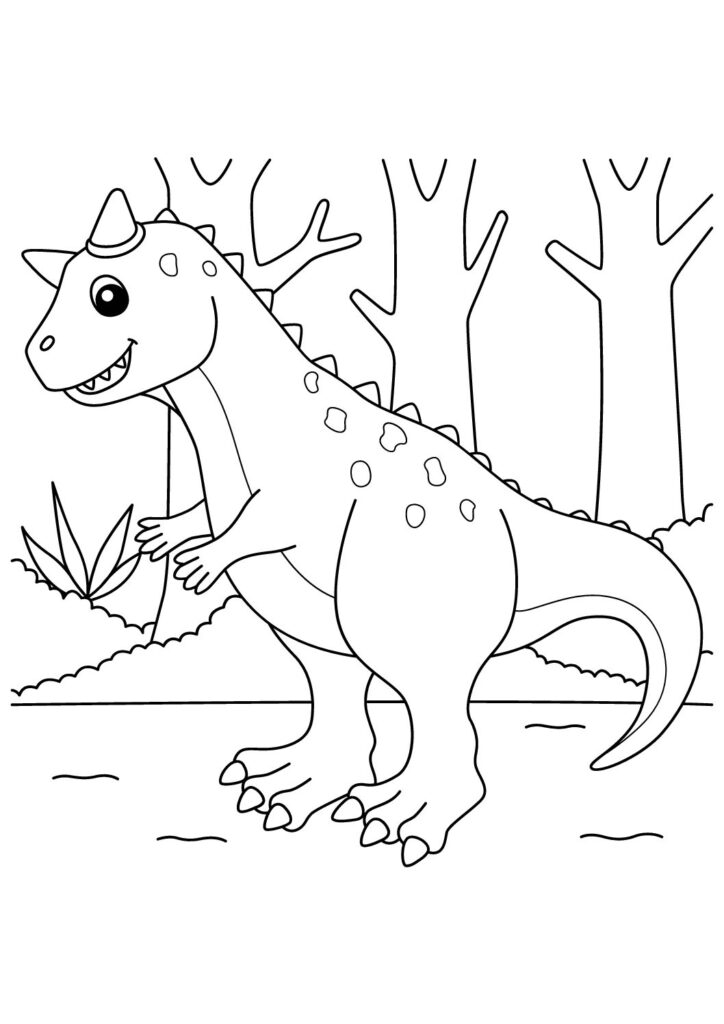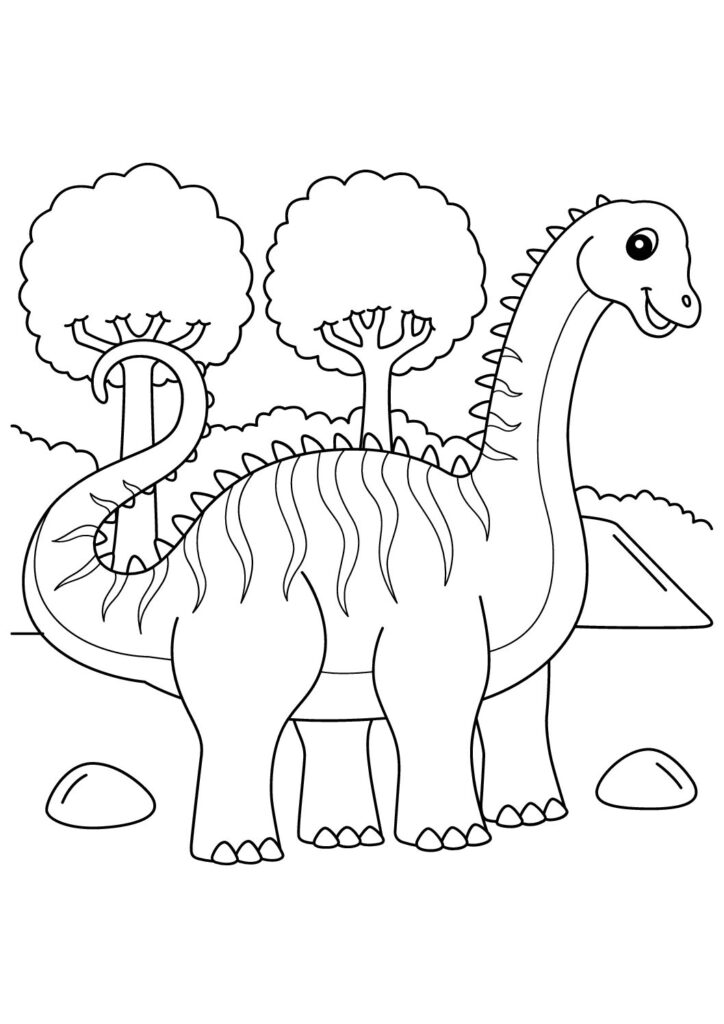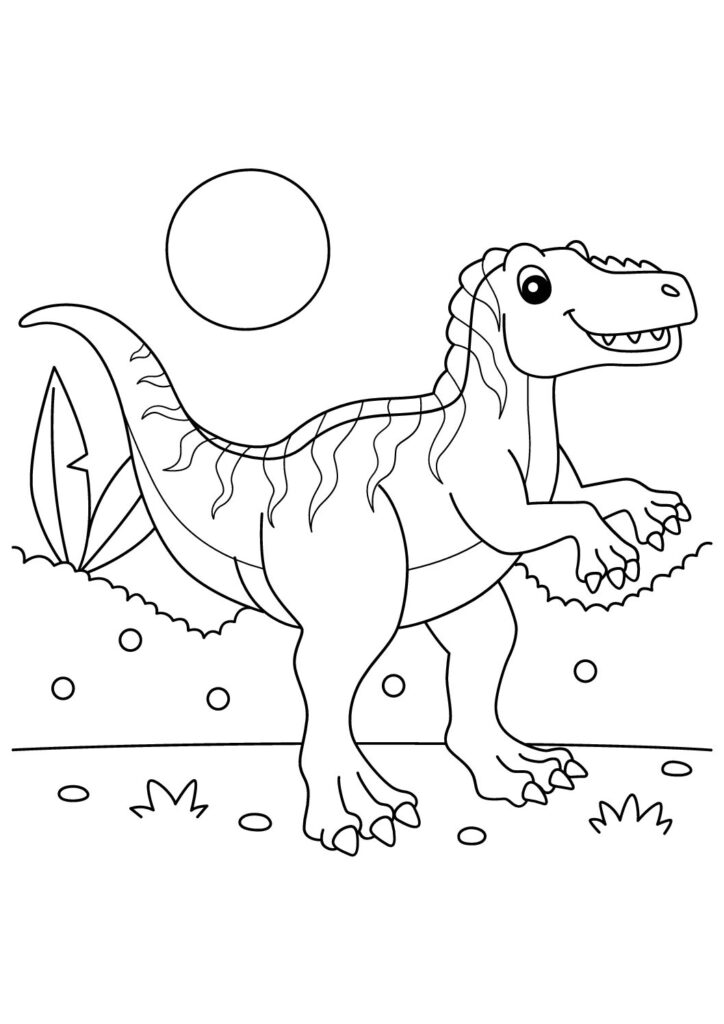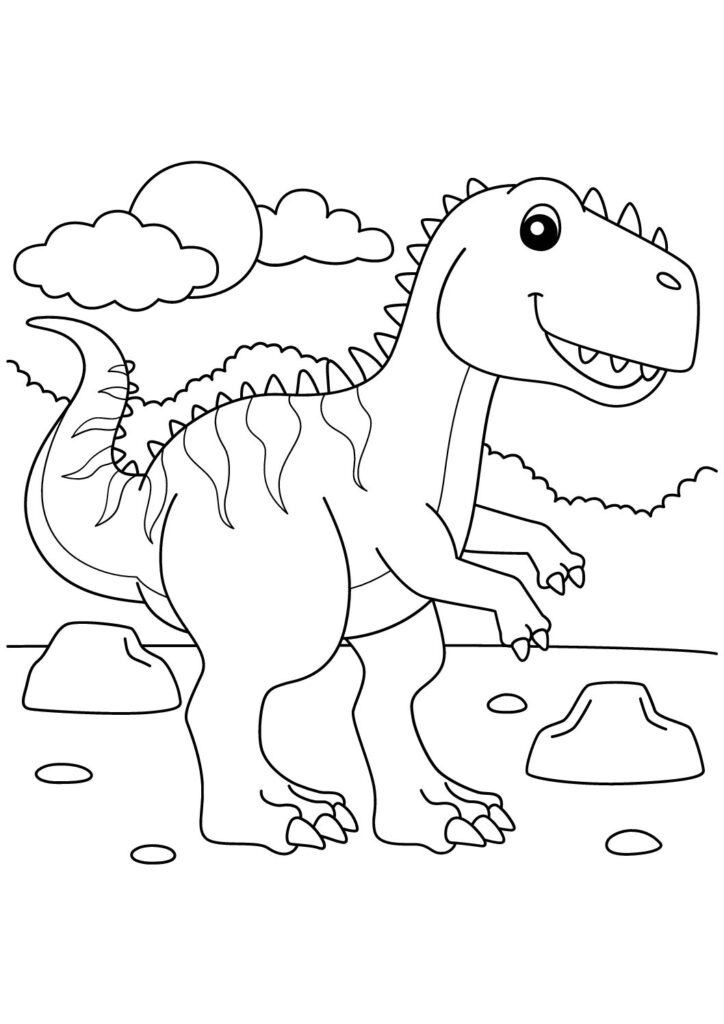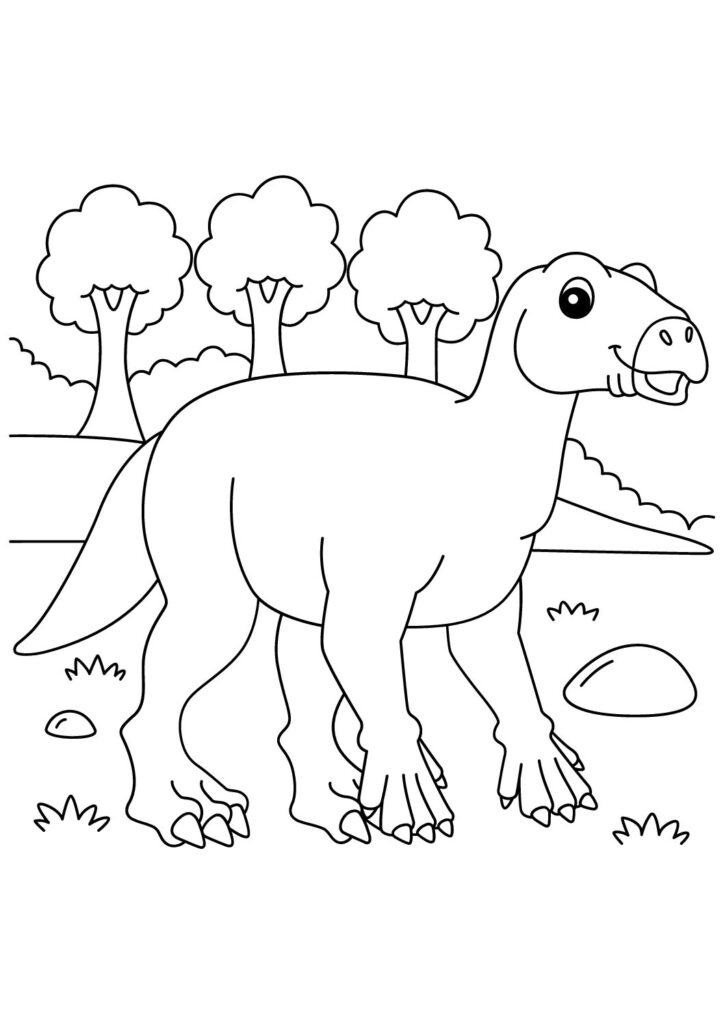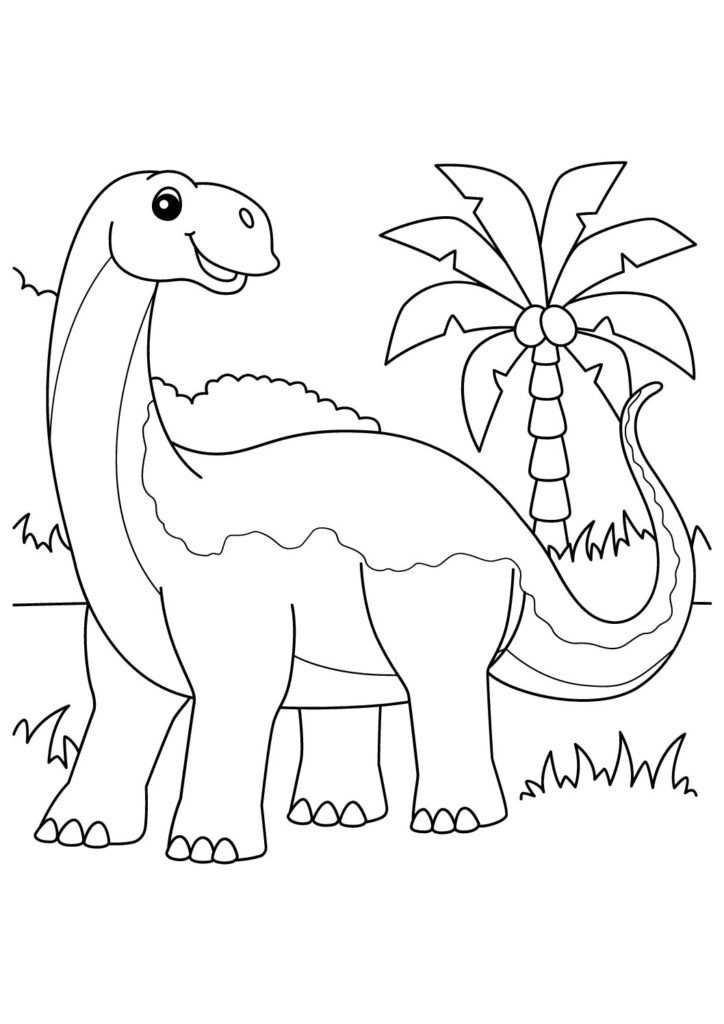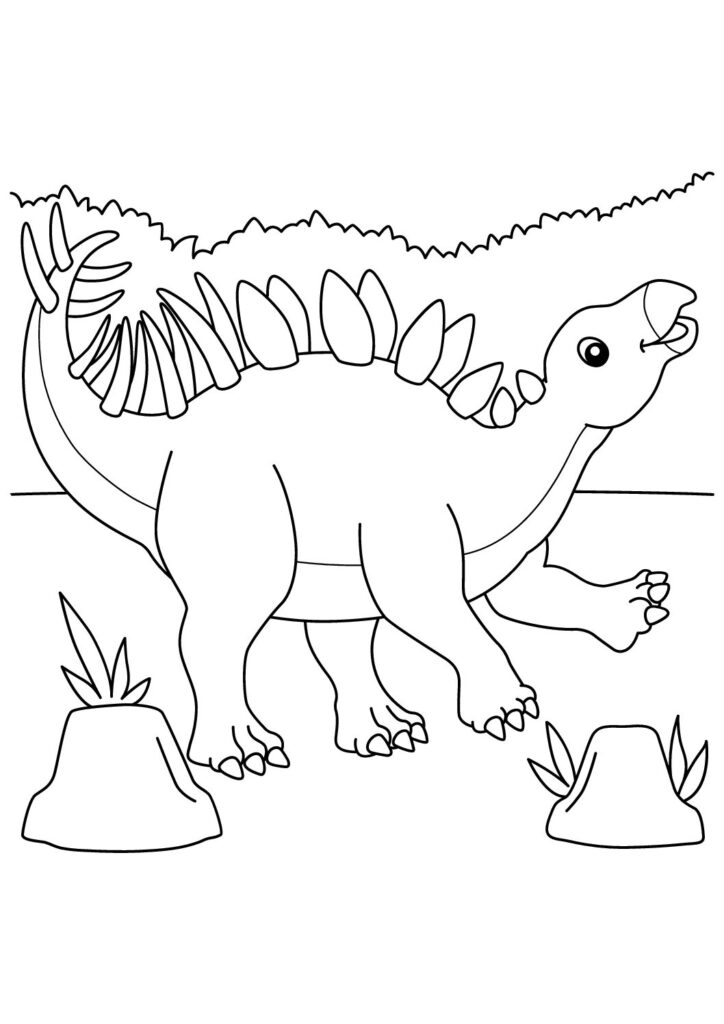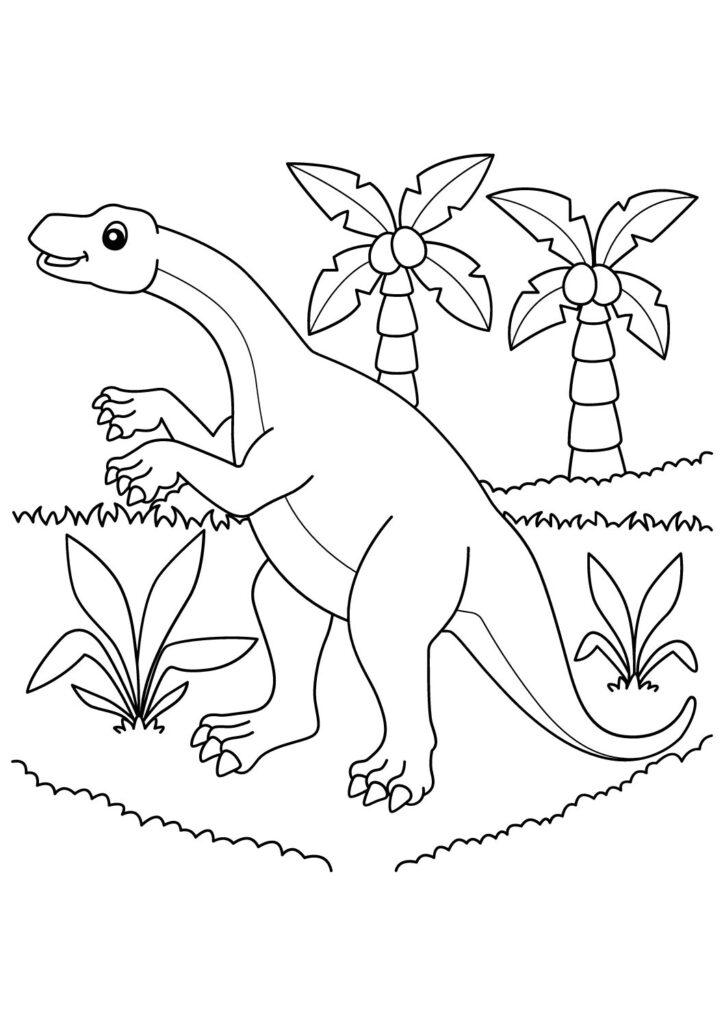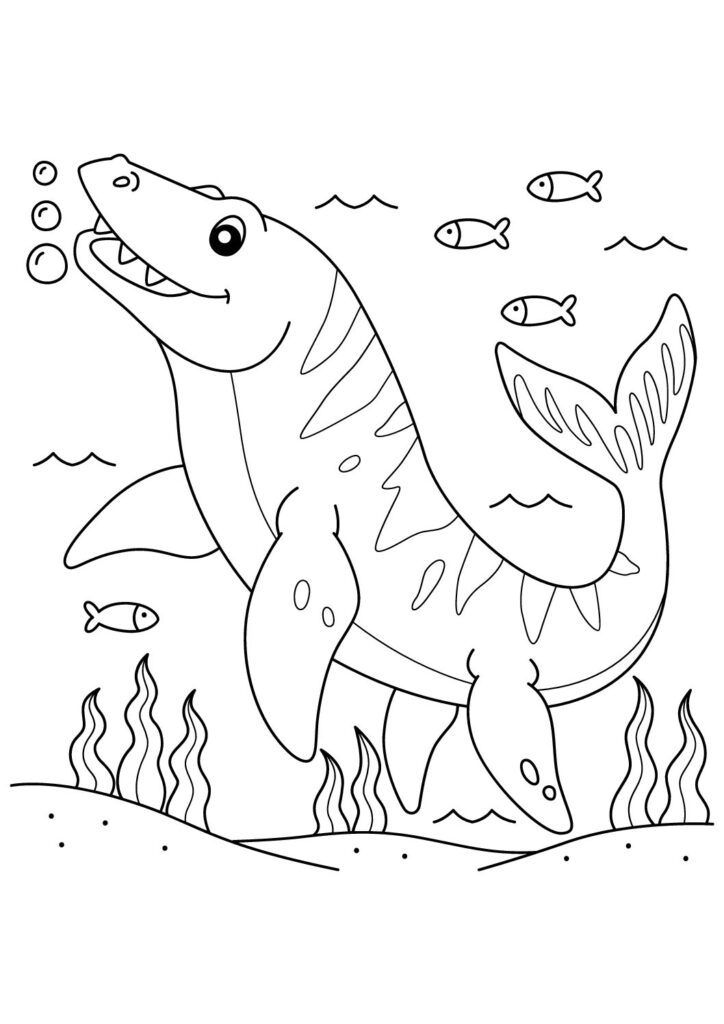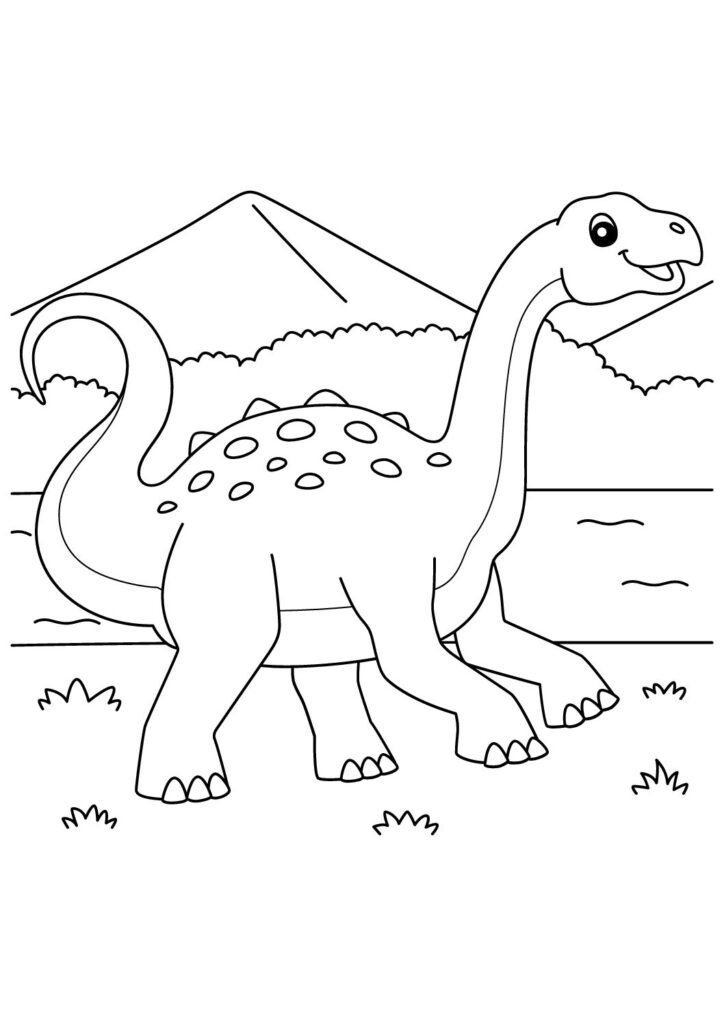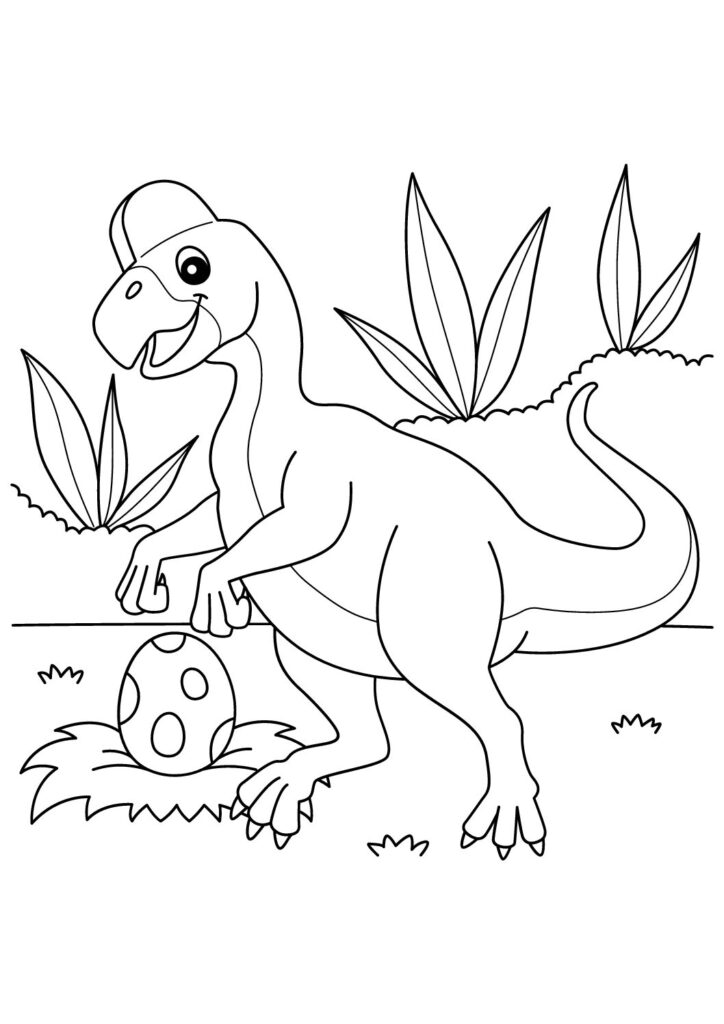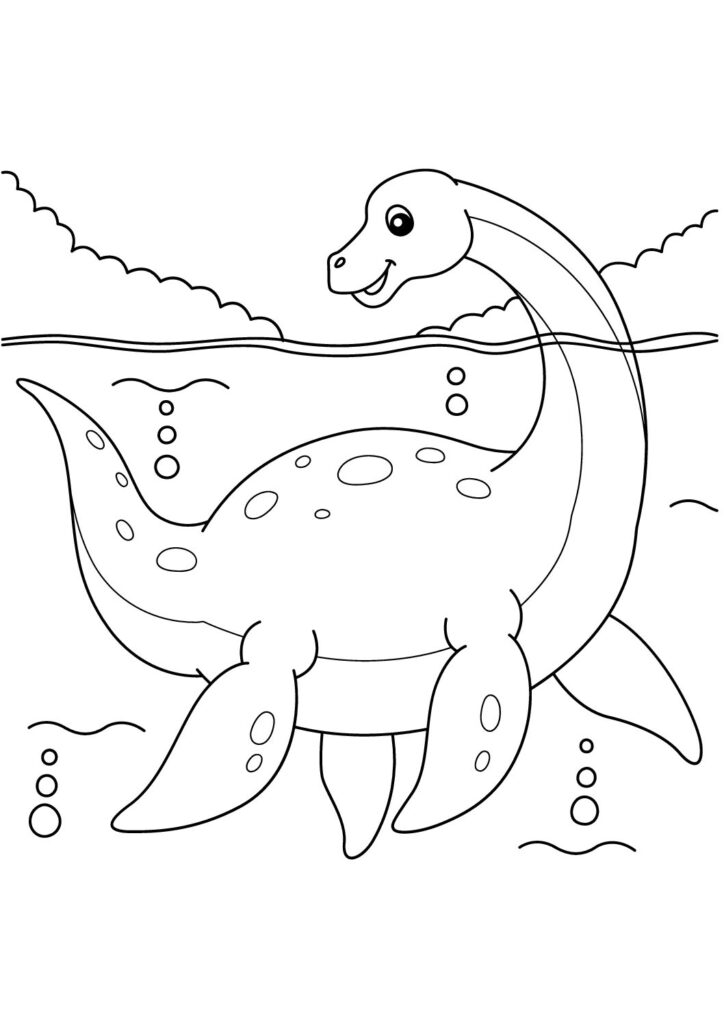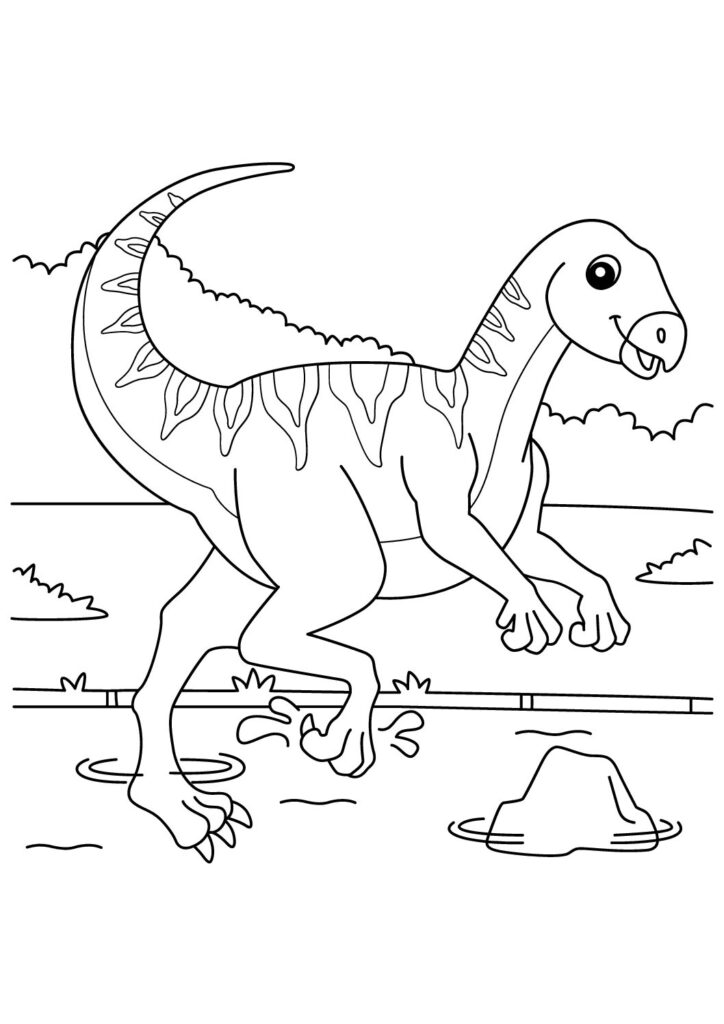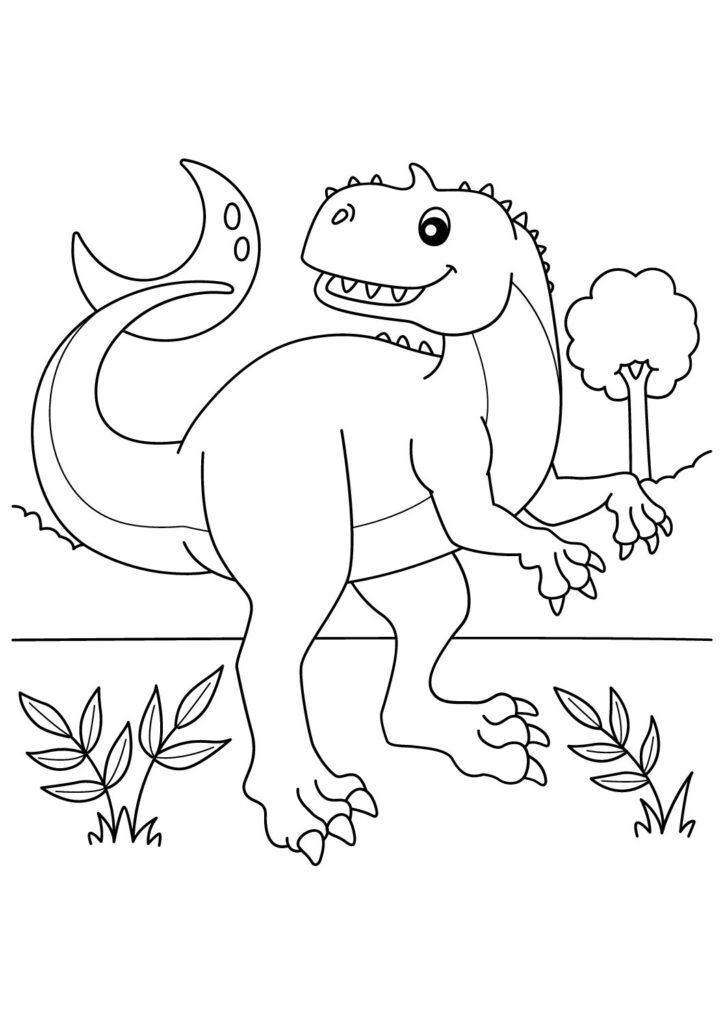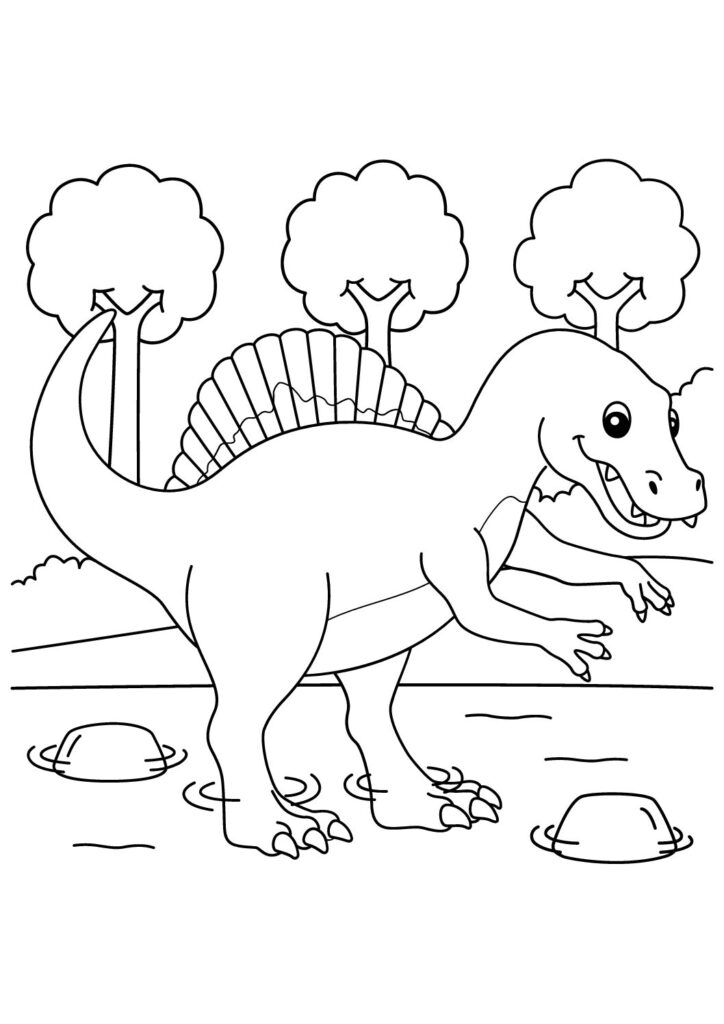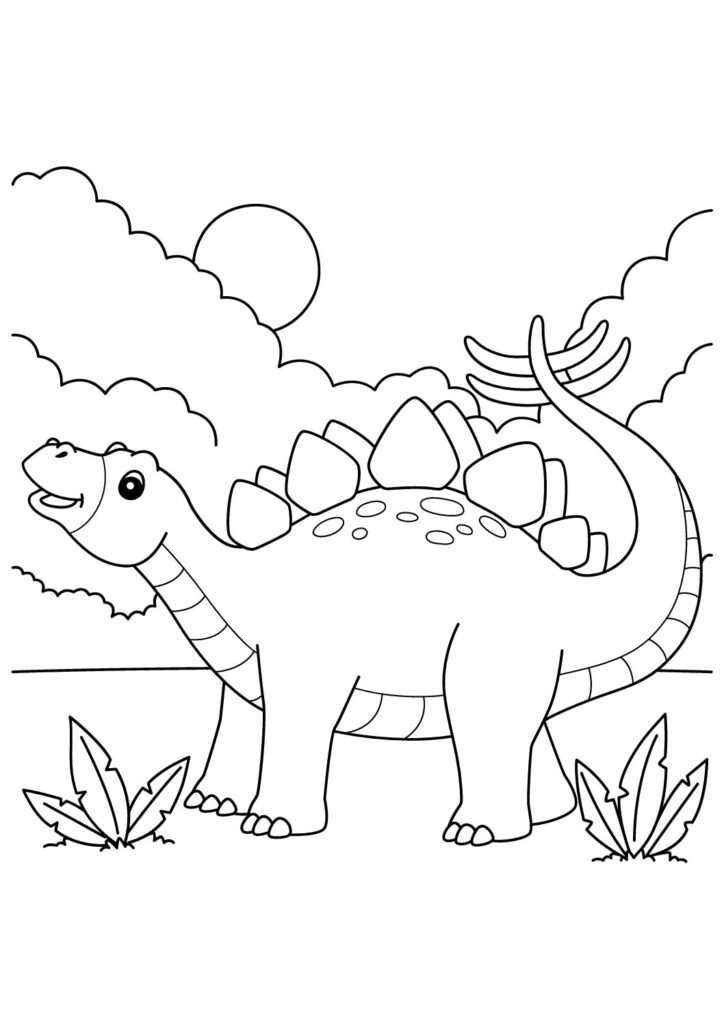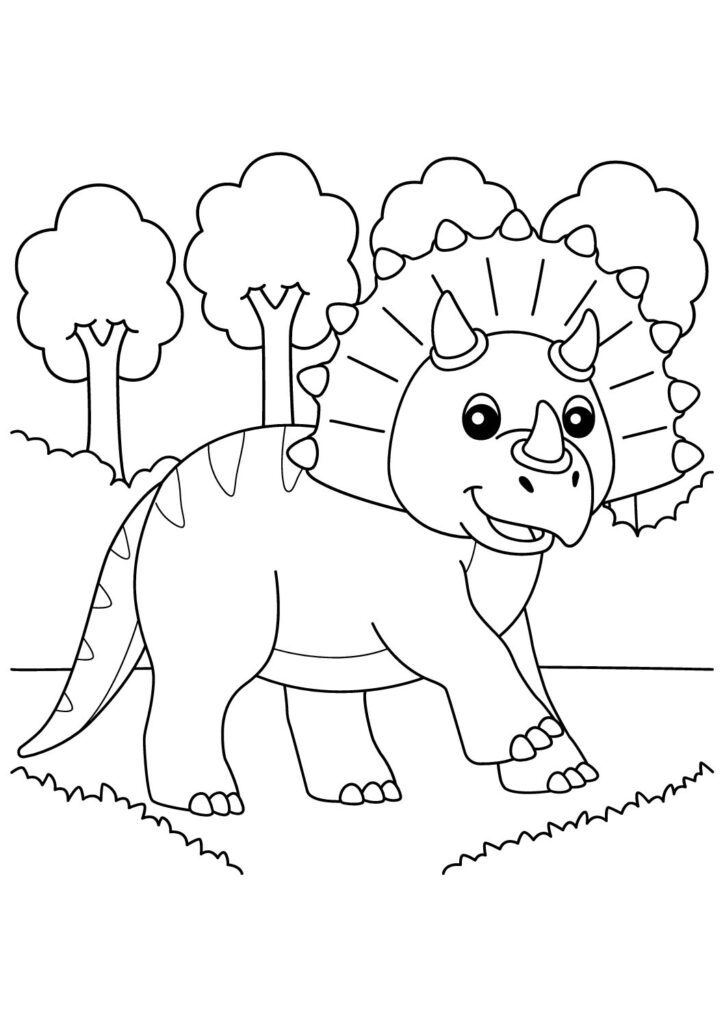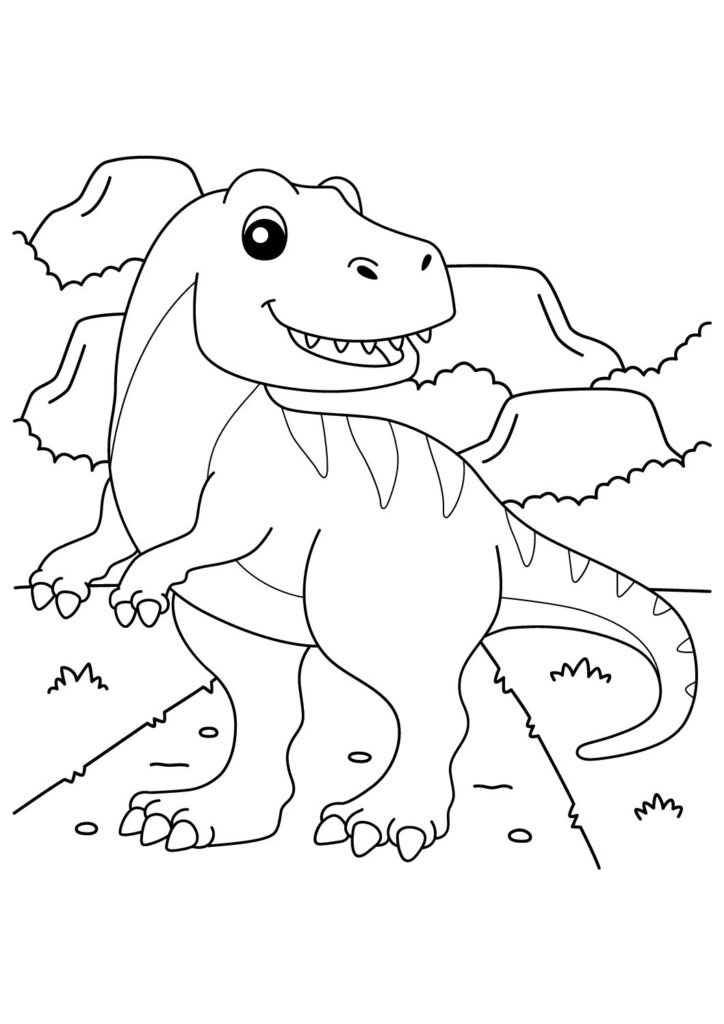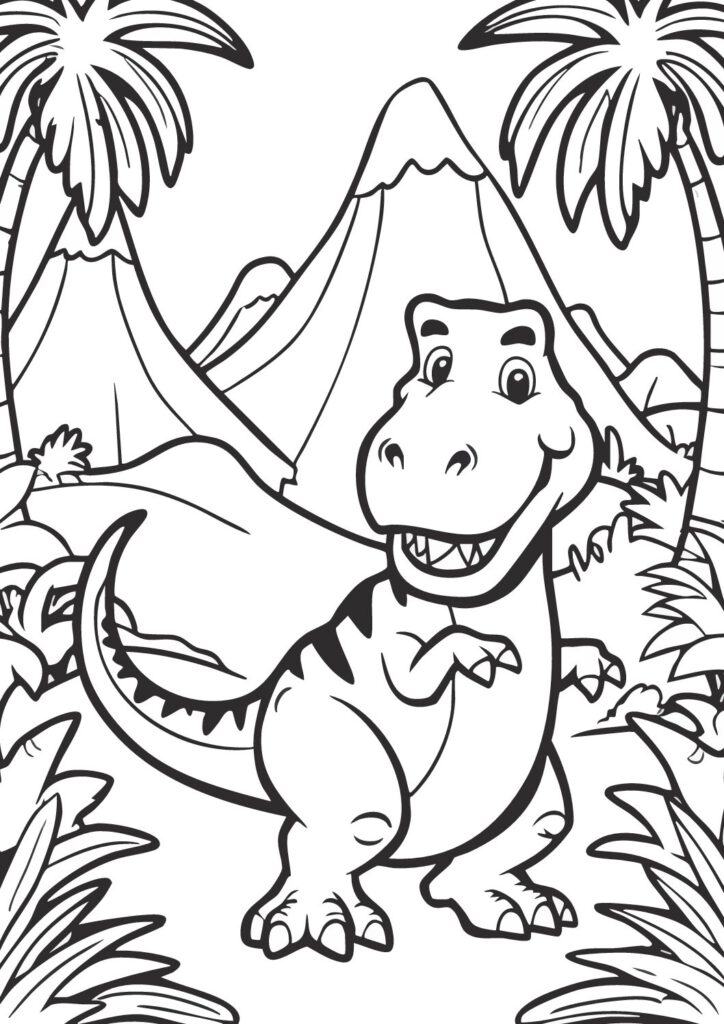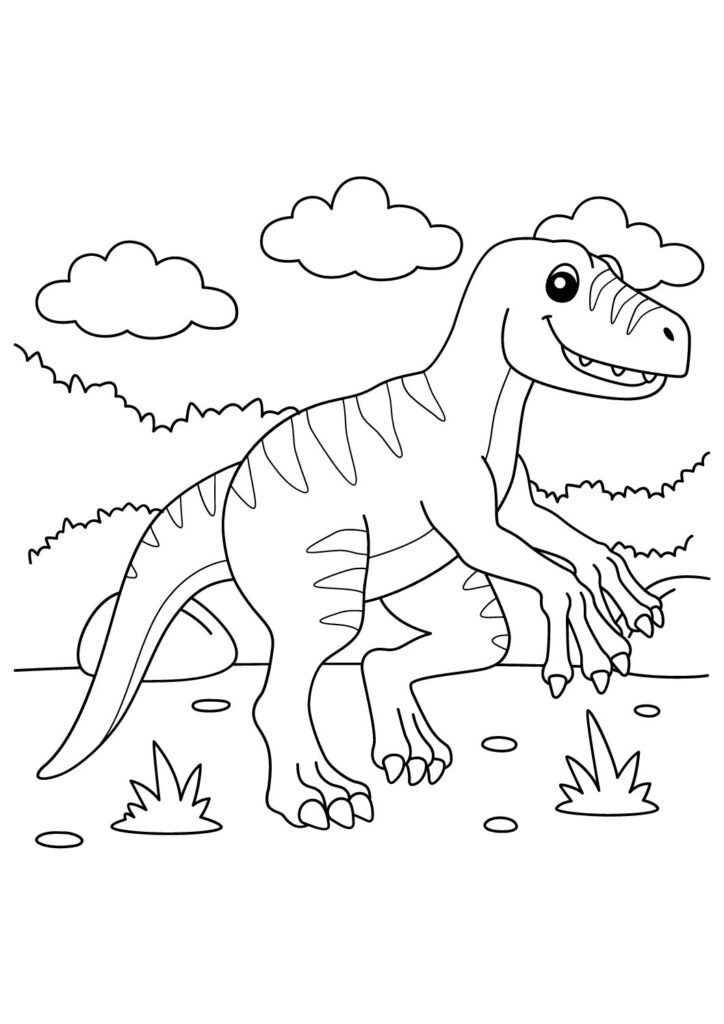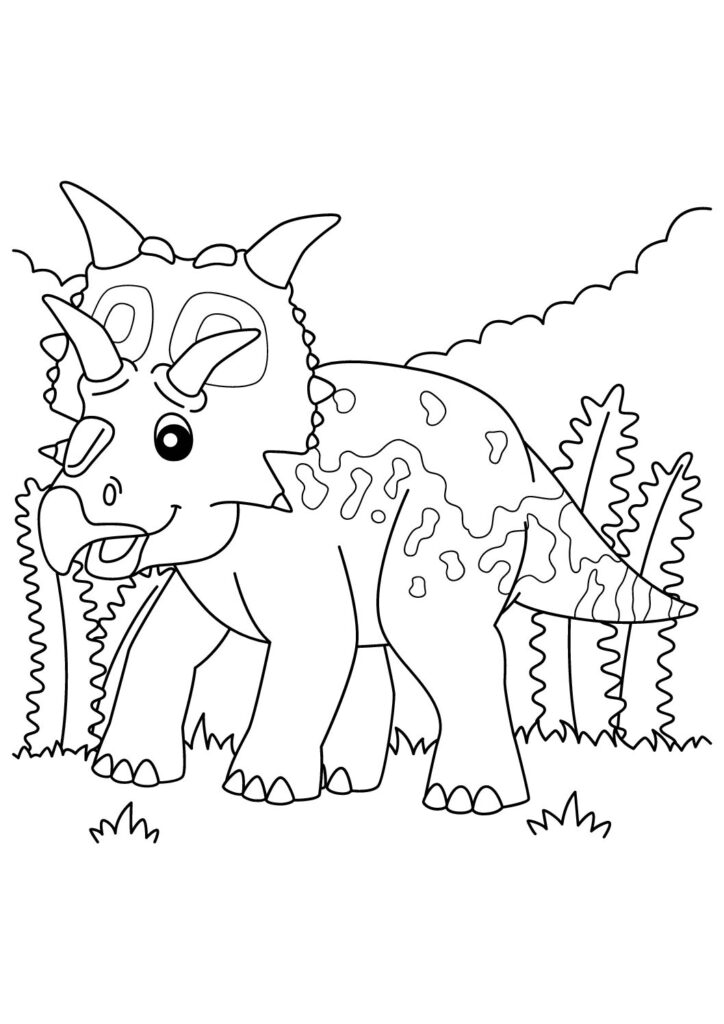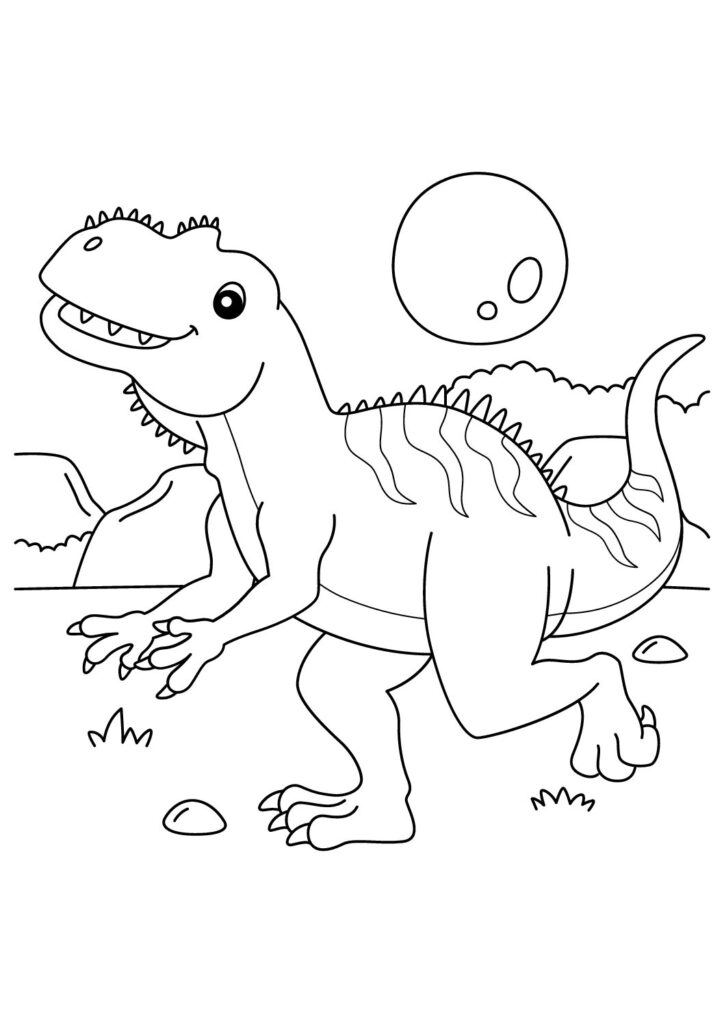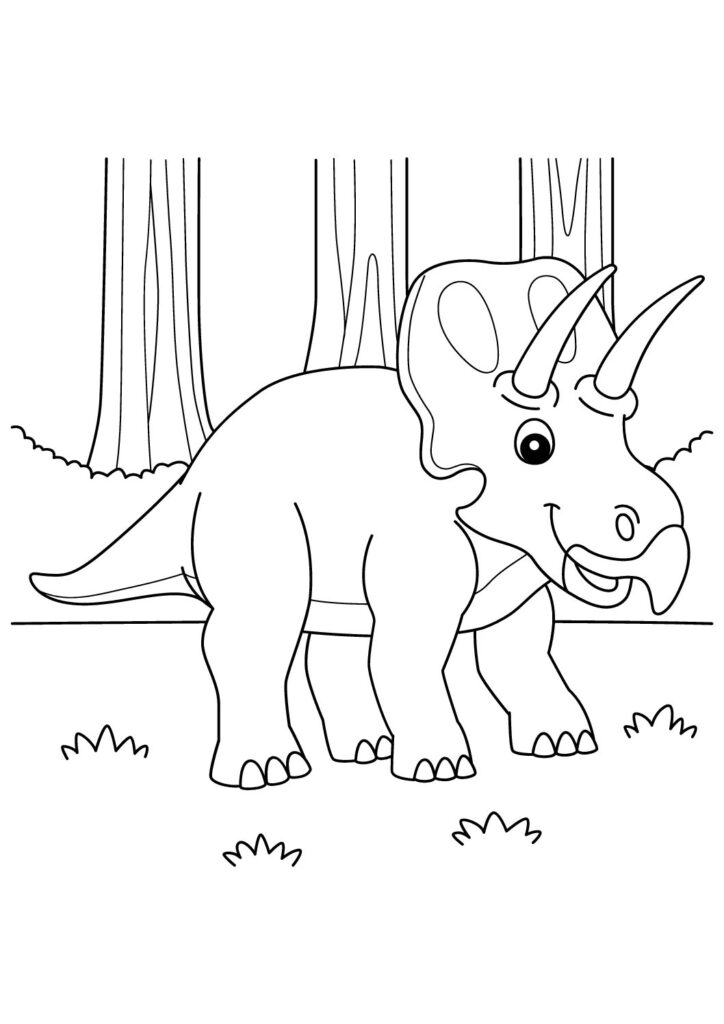1 Free Pterodactyl Coloring Pages for Download (Printable PDF)

Soar into our free printable collection of Pterodactyl coloring pages featuring these incredible flying reptiles in their dynamic aerial poses! Download these high-quality sheets showcasing these prehistoric flyers with their distinctive head crests, spread wings, and elongated bodies displaying their remarkable flight adaptations. Perfect for kids and dinosaur enthusiasts, these detailed prehistoric coloring pages capture the agile nature of these sky-ruling creatures known for being among the first vertebrates to achieve powered flight. Each printable sheet brings these amazing Jurassic aviators to life, highlighting their impressive wingspans, long beaks, and graceful soaring postures!
Fascinating Pterodactyl Facts: The Complete Guide to These Misunderstood Flying Reptiles
Introduction
Pterodactylus represents one of paleontology’s most recognizable yet frequently misunderstood prehistoric creatures, soaring through Late Jurassic skies approximately 150-145 million years ago. These remarkable flying reptiles, whose name means “wing finger,” have become cultural shorthand for all pterosaurs despite being just one genus among a diverse group comprising over 200 known species that dominated Earth’s skies for over 160 million years.
Taxonomic Clarification
“Pterodactyl” technically refers specifically to members of the genus Pterodactylus, though popular culture often mistakenly applies this term to all pterosaurs. The true Pterodactylus was relatively small compared to later pterosaurs, with wingspans typically measuring 3-5 feet across—roughly comparable to a modern raven or small hawk, rather than the massive flying creatures often depicted in popular media.
Flight Adaptations
Pterodactylus possessed remarkable adaptations for powered flight, including hollow pneumatic bones similar to modern birds that reduced weight while maintaining structural strength. Their wings consisted of membranes of skin, muscle, and other tissues stretching from an enormously elongated fourth finger to their ankles, creating effective airfoils supported by internal structural fibers that prevented tearing during flight while allowing precise control of wing shape.
Physical Characteristics
Unlike popular depictions, Pterodactylus had bodies covered in hair-like structures called pycnofibers—a form of simple feathery covering that likely provided insulation. Their heads featured relatively long, narrow jaws with numerous small teeth ideal for capturing fish and other small prey, while a short crest on the back of the skull likely served display purposes during mating rituals, with males potentially exhibiting larger, more colorful crests than females.
Lifestyle and Behavior
Fossil evidence suggests Pterodactylus was primarily coastal-dwelling, likely catching fish and other marine organisms using sharp teeth at the end of their beaks. Unlike the common misconception that pterosaurs were gliders, biomechanical analysis indicates they were active, powerful fliers capable of taking off from level ground using powerful chest muscles attached to a specialized bone called the sternocoracoid process that functioned similarly to a bird’s keelbone.
Common Misconceptions
Despite frequent classification as “flying dinosaurs” in popular culture, Pterodactylus and all pterosaurs were not dinosaurs but represented a separate reptile lineage that evolved flight independently. While both groups shared a common reptilian ancestor, pterosaurs developed flight approximately 50 million years before the first birds evolved from small theropod dinosaurs, representing a remarkable case of convergent evolution between different reptile groups.
Scientific Significance
The first Pterodactylus fossil was described in 1784 by Italian naturalist Cosimo Collini, initially interpreted as a marine creature before Georges Cuvier correctly identified it as a flying reptile in 1801. This discovery occurred decades before the concept of dinosaurs was established, making pterosaurs the first prehistoric reptiles scientifically recognized as fundamentally different from modern animals, helping establish paleontology as a scientific discipline.
